Description
This tutorial allows you to make a solar lamp equipped with a USB charger. It uses lithium cells that are reused from a old or damaged laptop. This system, with a day of sunlight, can fully charge a smartphone and have 4 hours of light. This technology have been documented during a stopover of the " Nomade des Mers " expedition on the island of Luzong in the northern part of Philippines. The association Liter of Light has already installed this system since 6 years in remote villages which don't have access to electricity. They also organize training for the villagers in order to teach them how to fix the solar lamp ( already 500 000 lamps installed).
This tutorial allows you to make a solar lamp equipped with a USB charger. It uses lithium cells that are reused from a old or damaged laptop. This system, with a day of sunlight, can fully charge a smartphone and have 4 hours of light. This technology have been documented during a stopover of the " Nomade des Mers " expedition on the island of Luzong in the northern part of Philippines. The association Liter of Light has already installed this system since 6 years in remote villages which don't have access to electricity. They also organize training for the villagers in order to teach them how to fix the solar lamp ( already 500 000 lamps installed).
Sommaire
Sommaire
[masquer]- 1 Description
- 2 Sommaire
- 3 Video d'introduction
- 4 Étape 1 - How it works
- 5 Étape 2 - Manufacturing stages
- 6 Étape 3 - Removing the cells from the computer battery
- 7 Étape 4 - Measure voltage of cells and ther capacity
- 8 Étape 5 - Realisation of the 3 different modules
- 9 Étape 6 - Connection of the 3 modules
- 10 Étape 7 - Building the case - Version 1
- 11 Étape 8 - Building the case - Version 2
- 12 Commentaires
Youtube
Matériaux
- Used laptop battery
- Solar panel 5V-6V / 1-3W
- Charge and discharge regulator (ex: 4-8V 1A Mini Li-ion USB Arduino Battery Charger TP4056)
- DC/DC tension converter DC/DC booster MT3608 (electrical component that will transform the 3.7 V of the batteries into 5 V)
- High power LED Lamp (ex : LED boutons 3W )
- Switch (to open the circuit and cut off the light)
- Electric tape
- Box
Outils
Cells extraction
- Gloves (to avoid cutting with the plastic of the computer battery or with the nickel ribbons that connect the cells)
- Hammer
- Chisel
- Cutting pliers
For the lamp fabrication :
- Glue gun (and glue sticks)
- Heating gun or small torch
- Wood saw
- Screw driver
Étape 2 - Manufacturing stages
Published
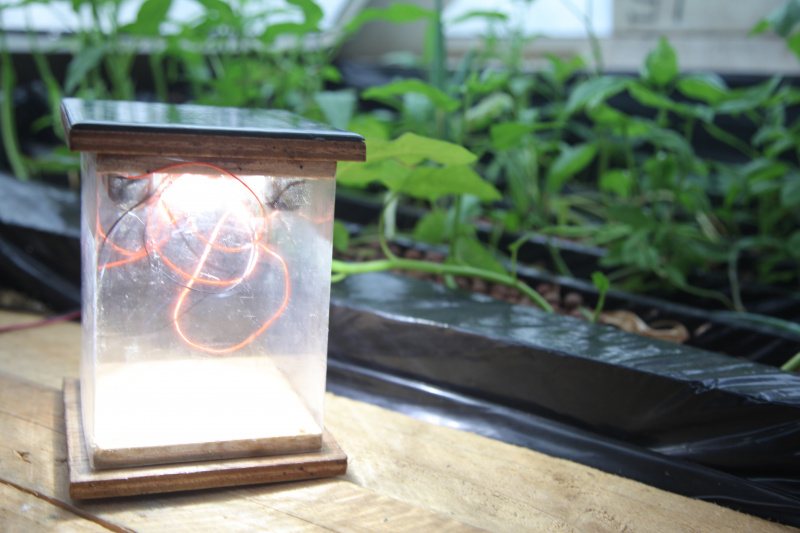
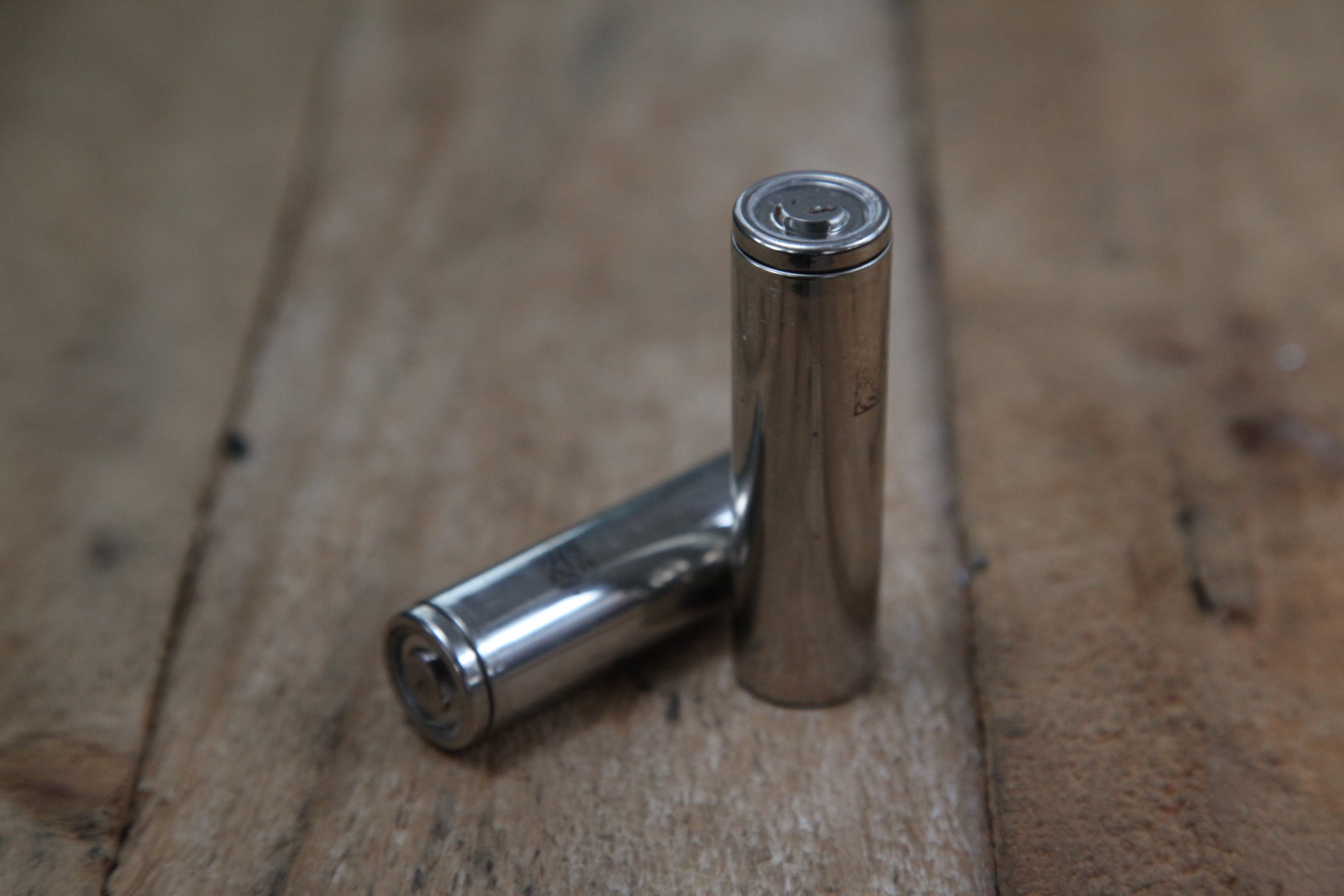
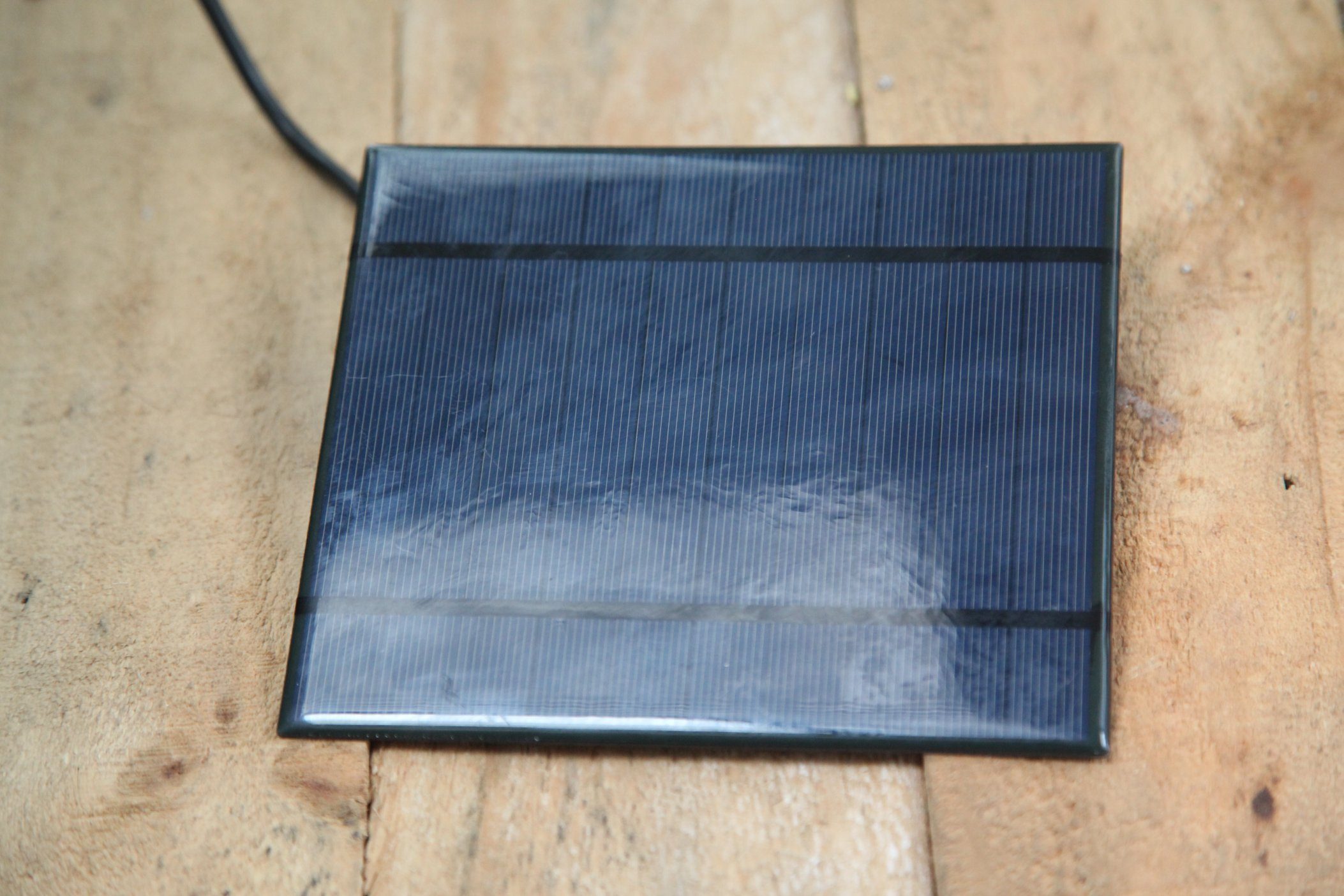
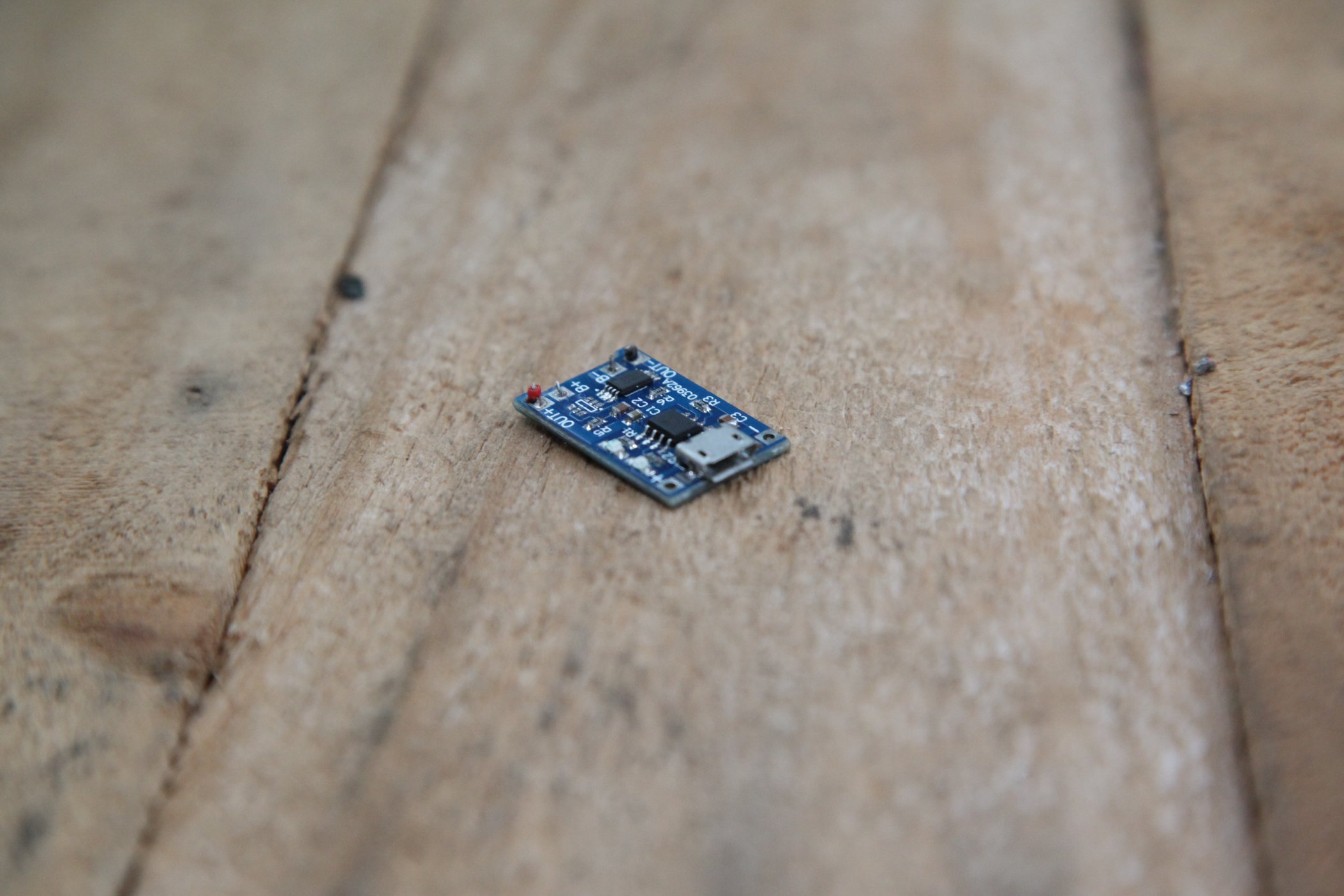
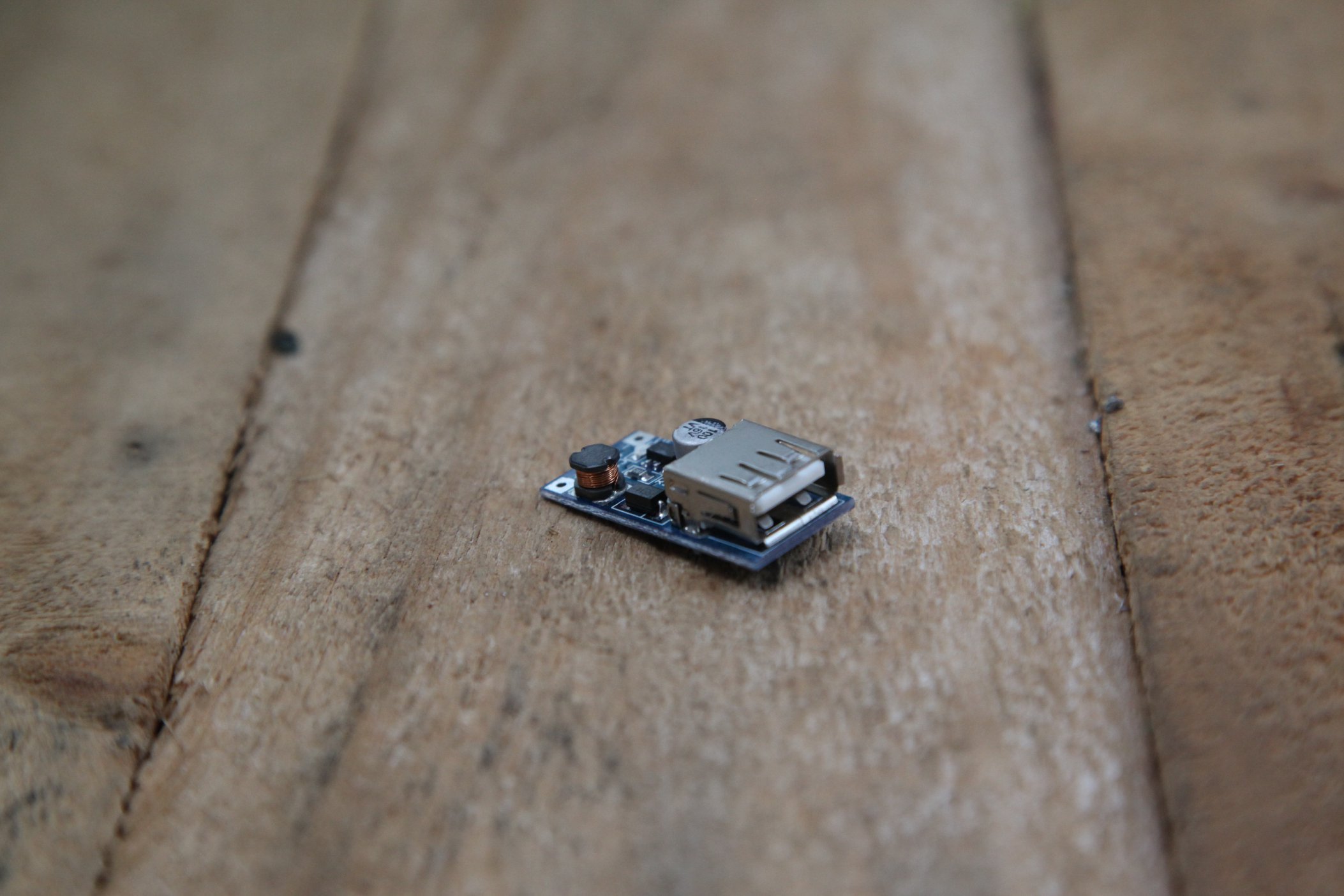
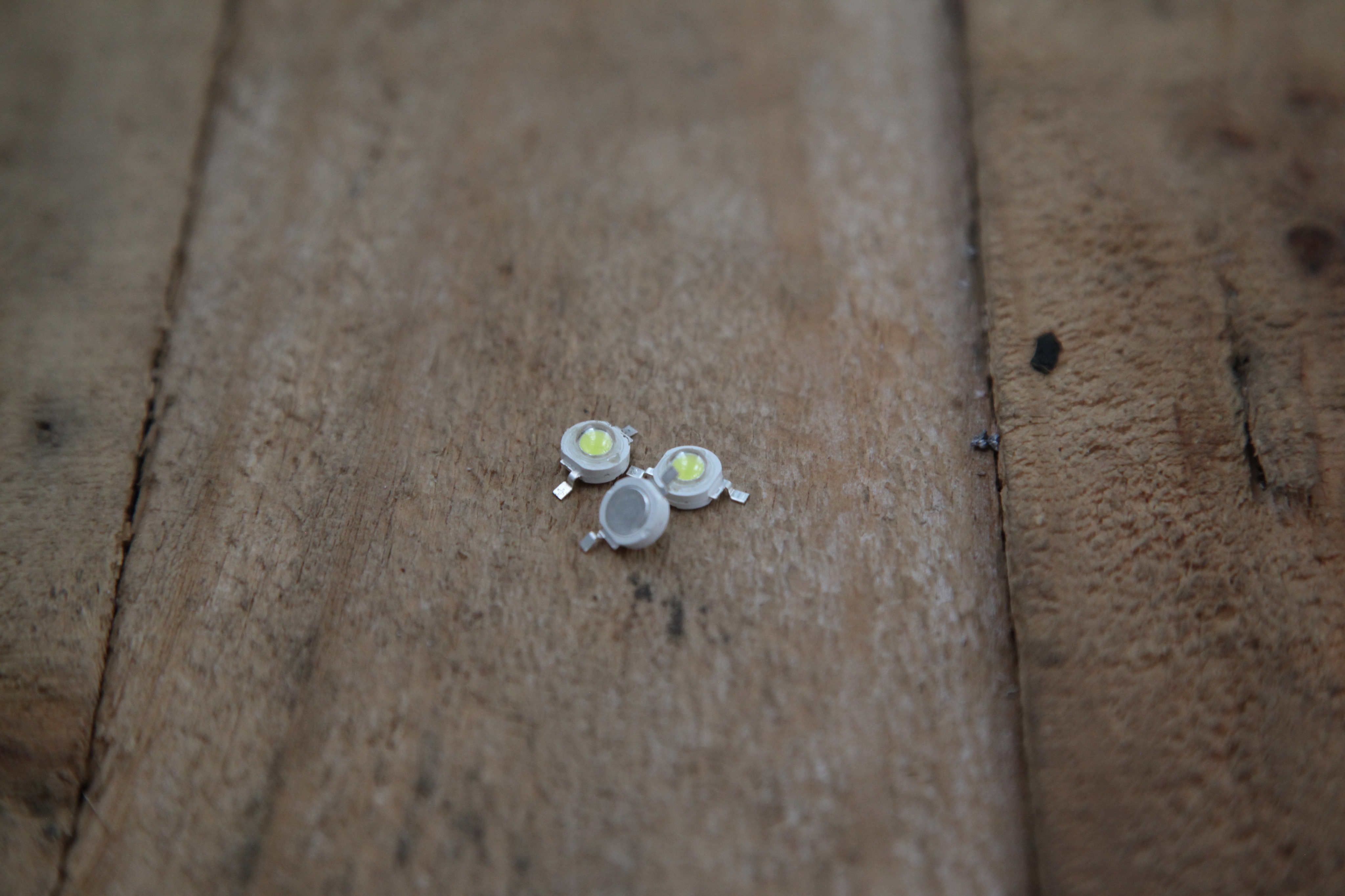
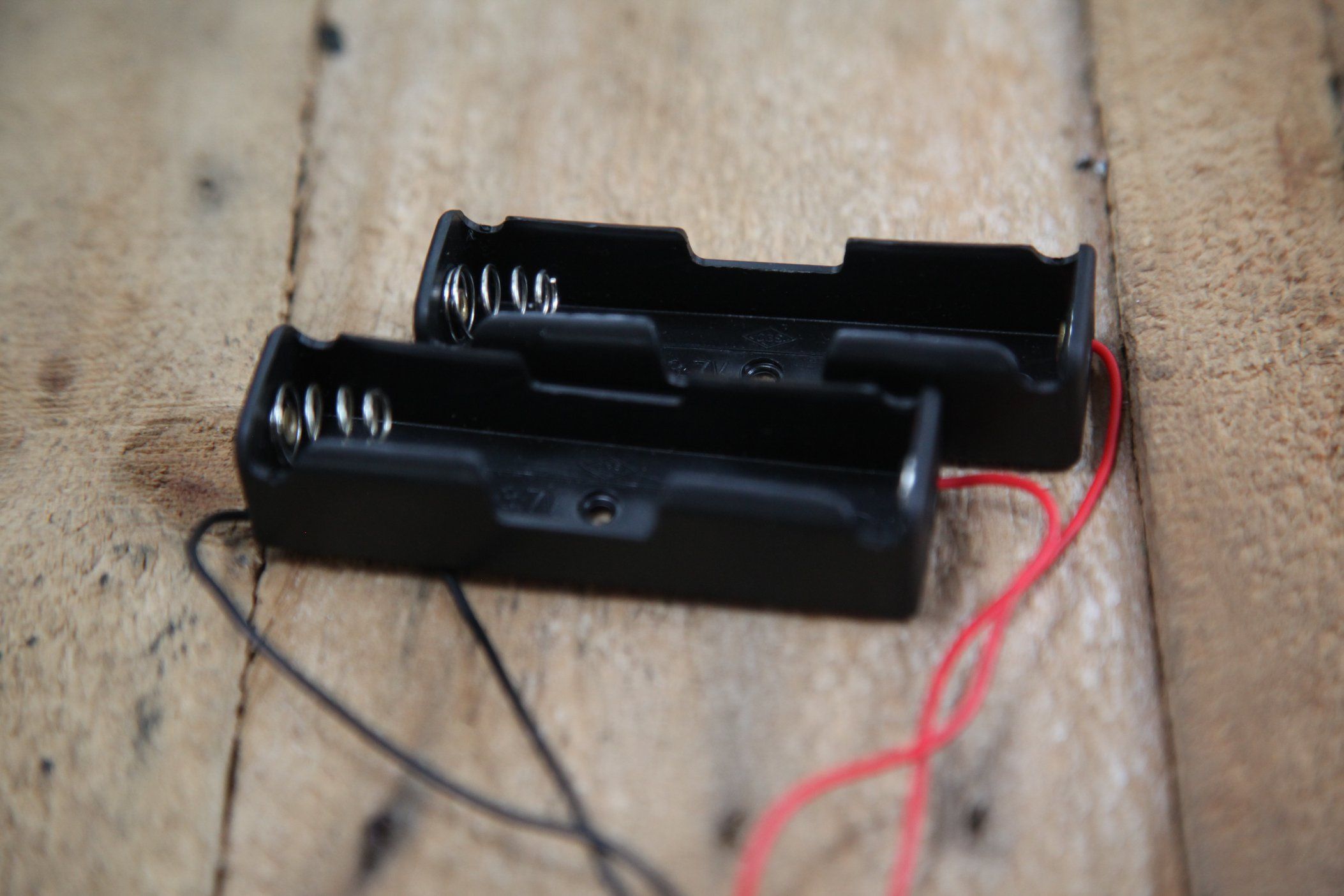
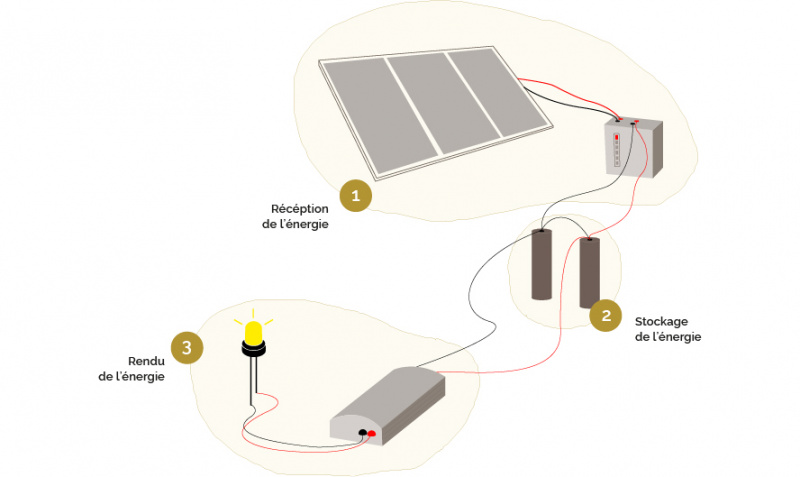
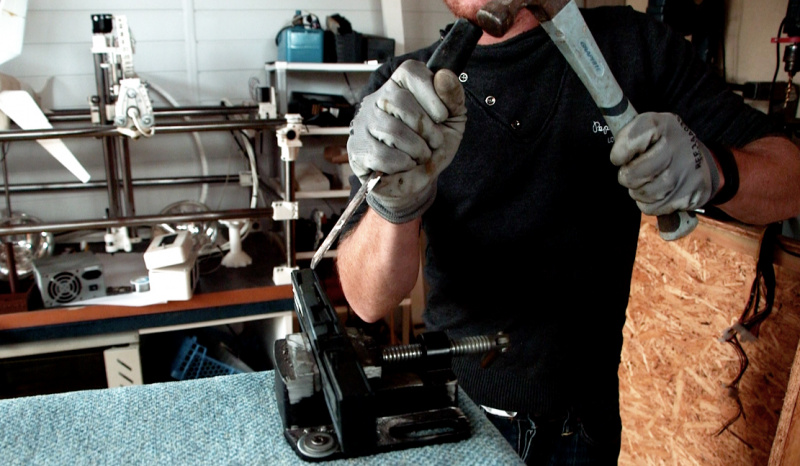
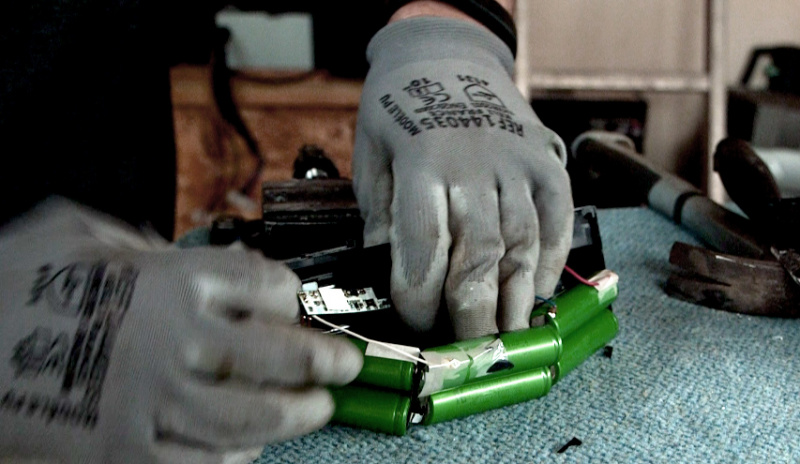
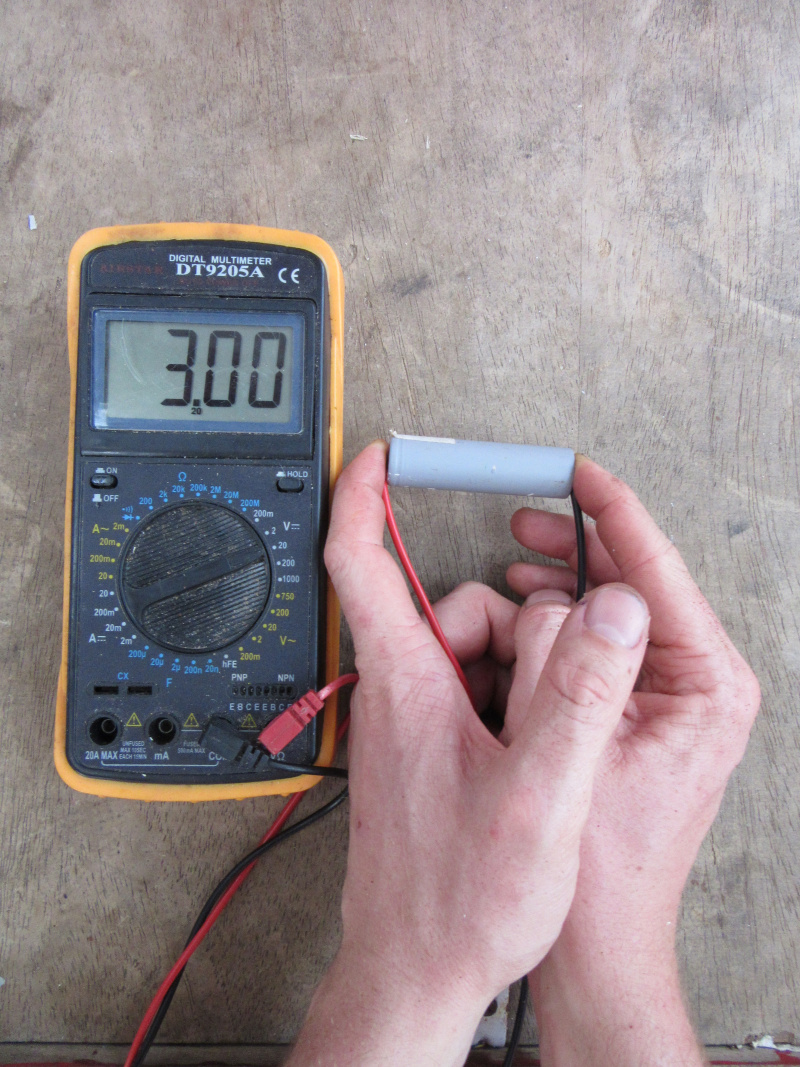
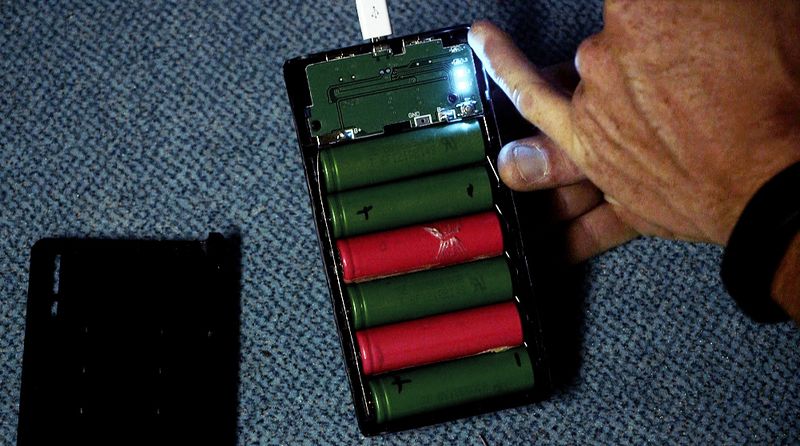
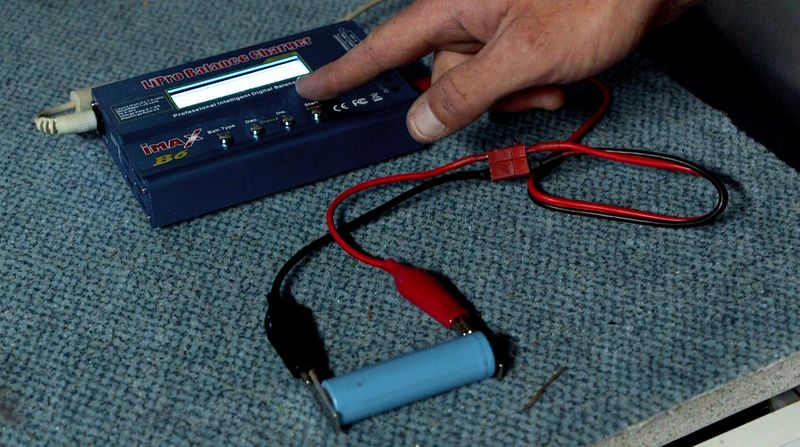
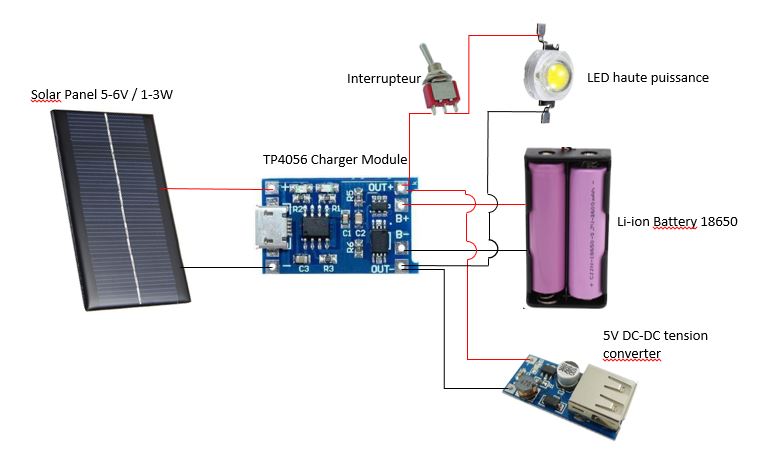
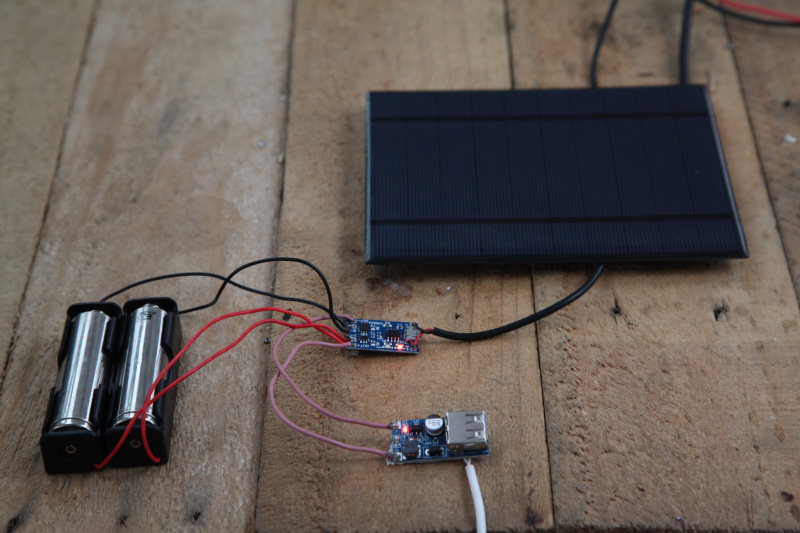
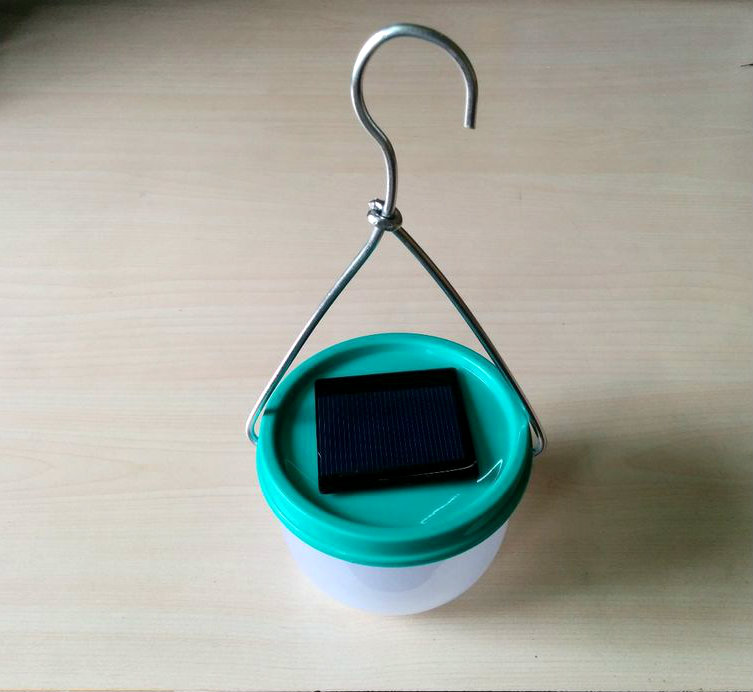
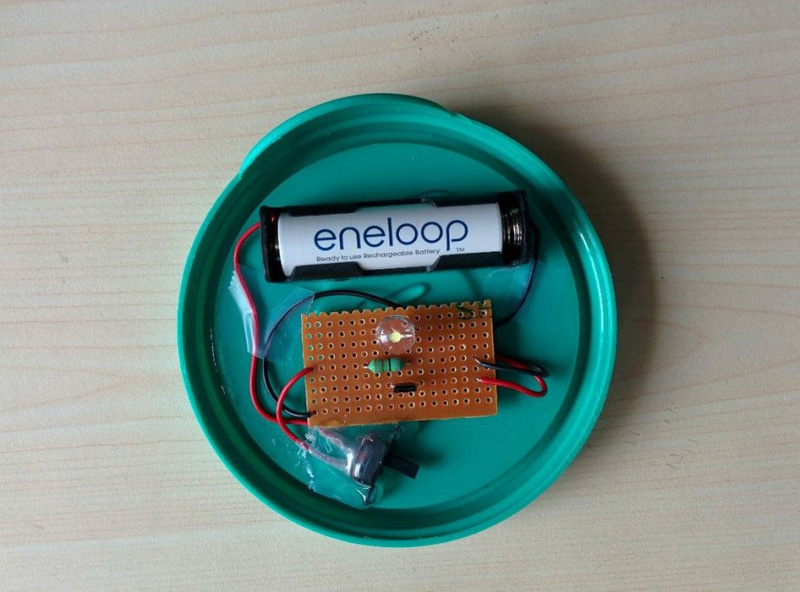
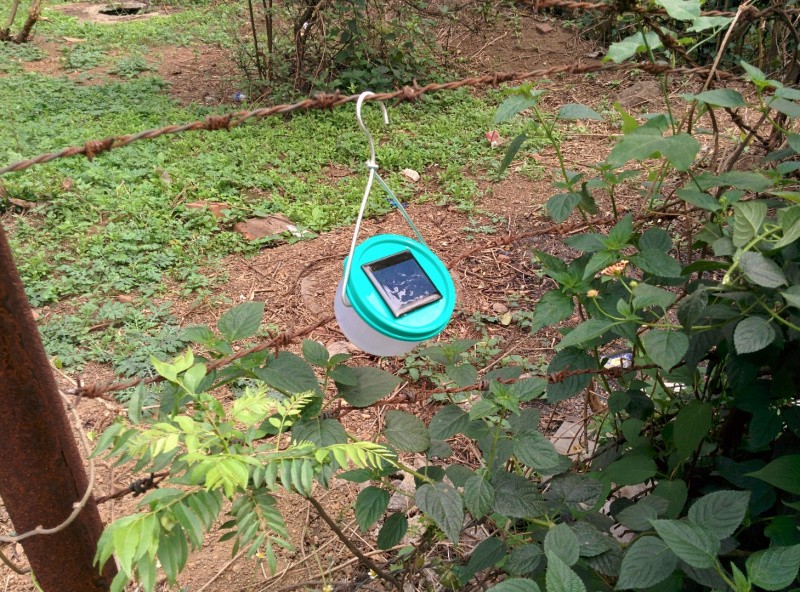
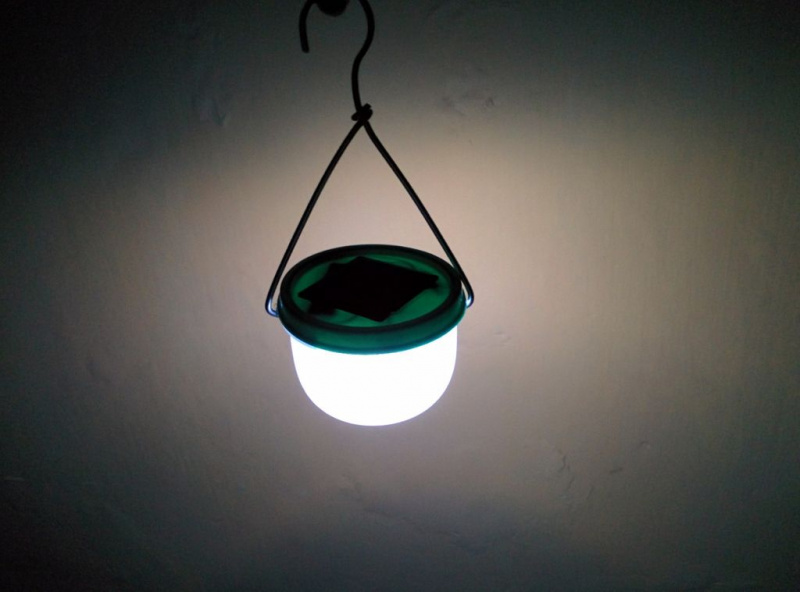
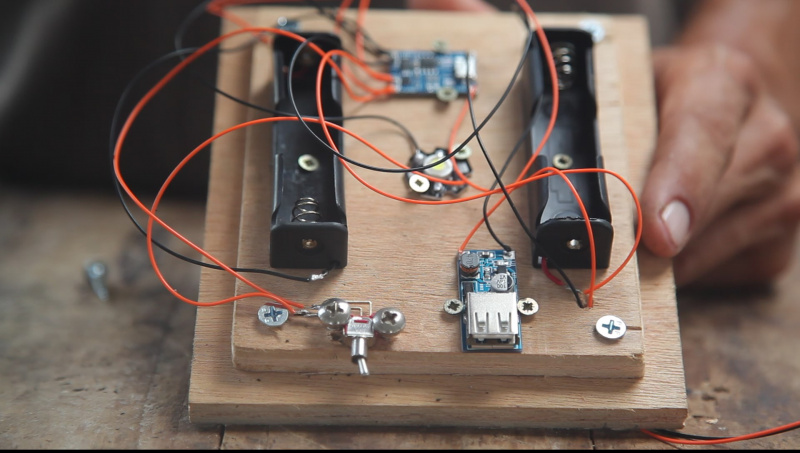
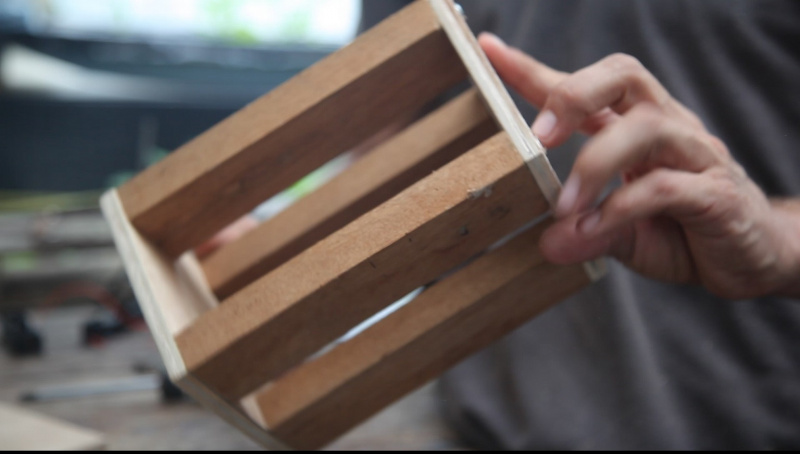
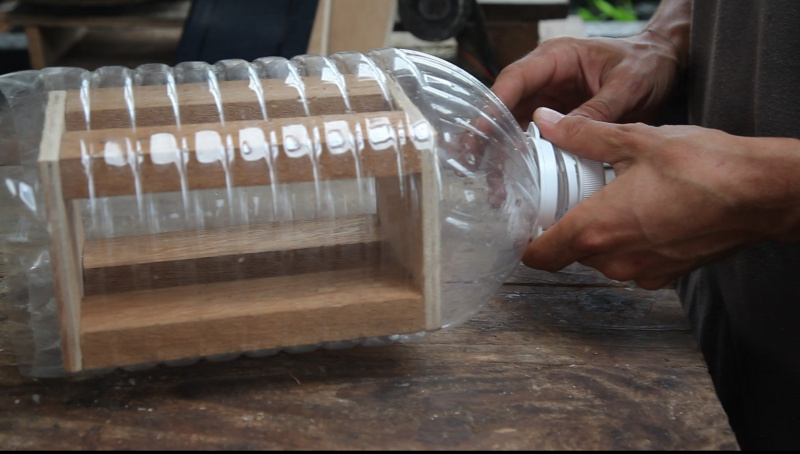
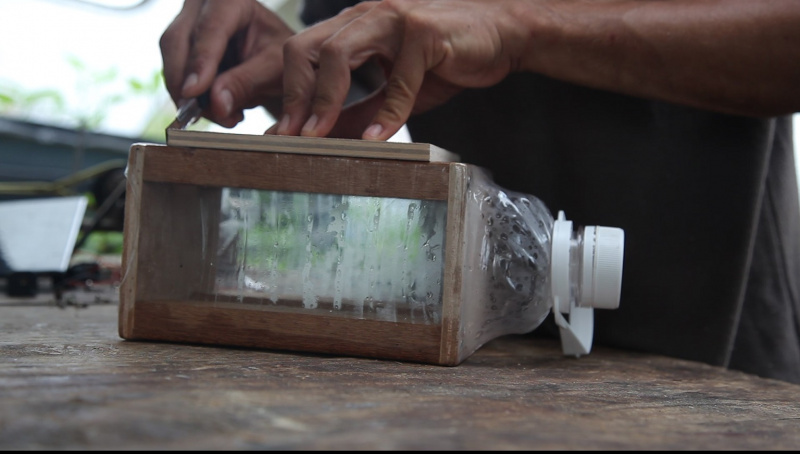
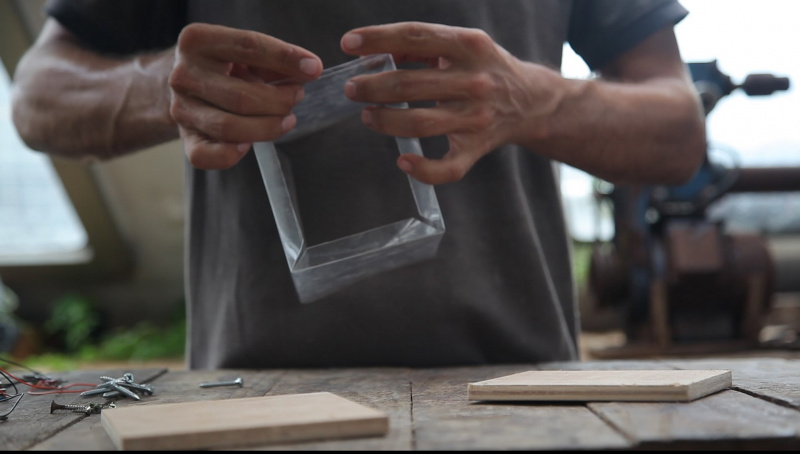
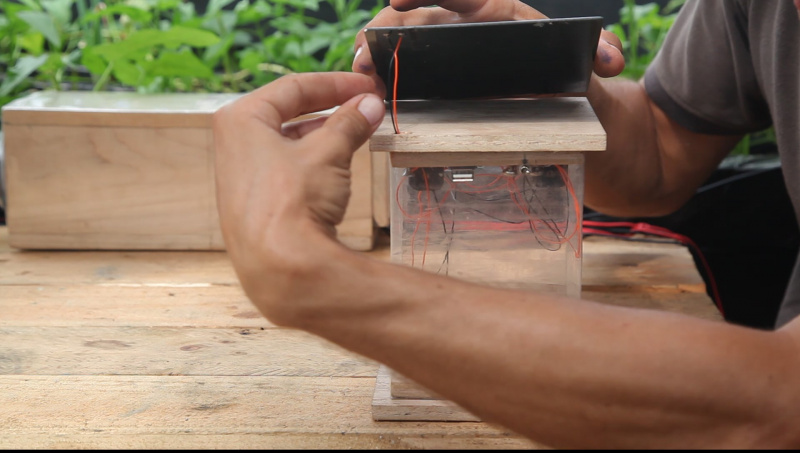


 Français
Français English
English Deutsch
Deutsch Español
Español Italiano
Italiano Português
Português
Hello, thanks for the tutorial, I find that sometimes my batteries are less charged after putting the solar panel in the sun. Could that be because whenever there is not enough light, the current is inverted and goes out of the battery? Would it then be better to have a diode to prevent the current to change direction when the luminosity drops? Or would it be that my panel (5V) is not powerful enough? What's your experience with the setting described above (I think I have the same components)?